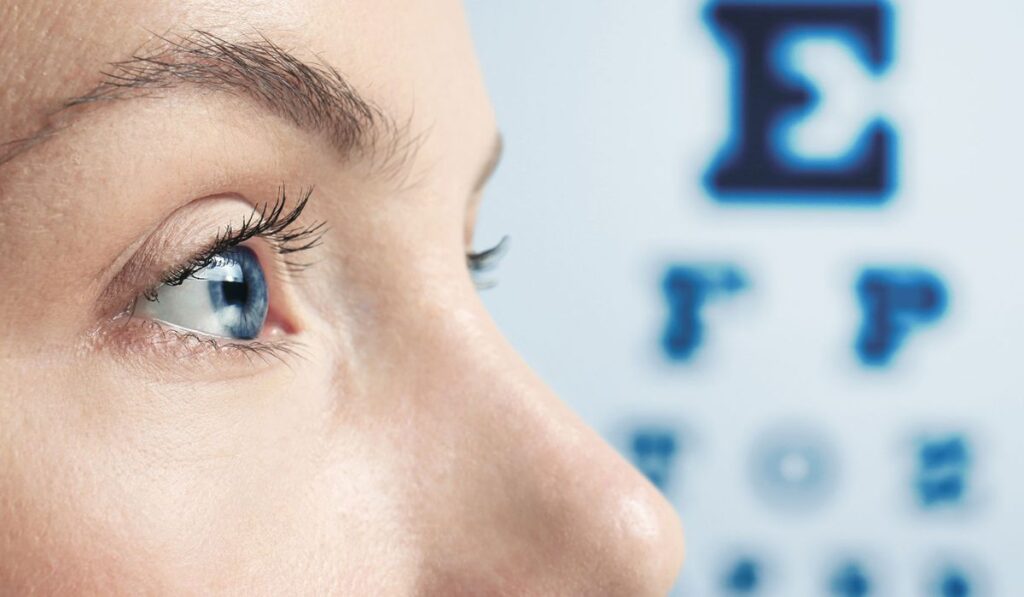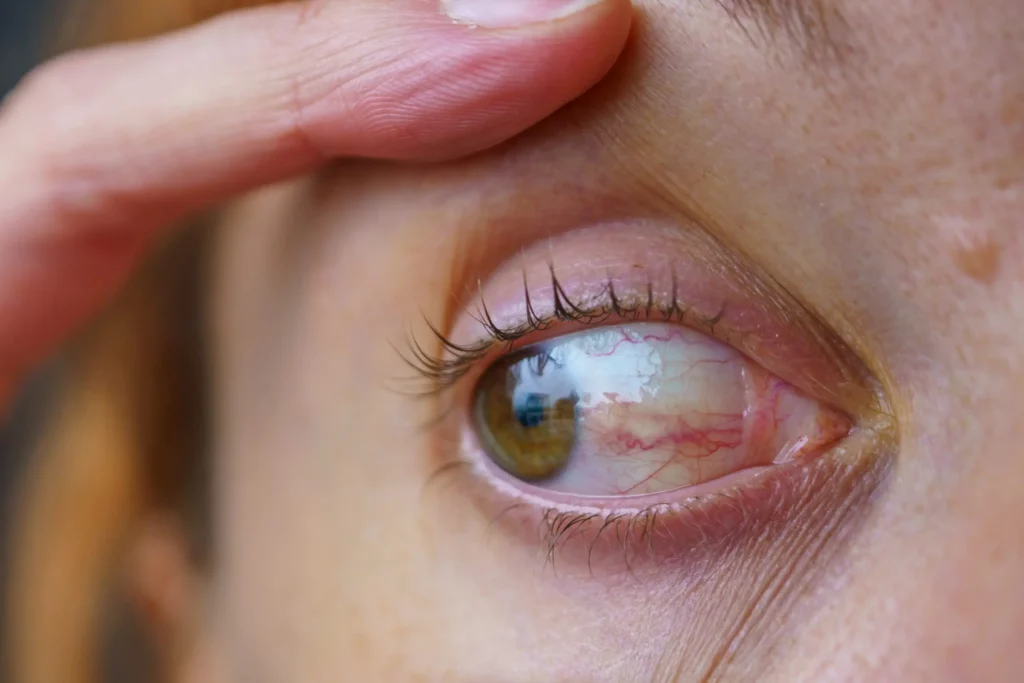The retina plays a vital role in our vision, capturing light and sending signals to the brain for interpretation. When the retina becomes affected by diseases, it can lead to significant visual impairment and even blindness. Understanding these diseases, recognizing their symptoms, and exploring available treatment options are crucial for individuals and their healthcare providers to effectively manage these conditions.
What are Retinal Diseases?
Retinal diseases encompass a wide range of conditions that affect the retina, the thin layer of tissue at the back of the eye. The retina is responsible for converting light into electrical signals, allowing us to see the world around us. When the retina becomes damaged or diseased, it can result in various visual disturbances and complications.
The Role of the Retina in Vision
The retina consists of specialized cells called photoreceptors that detect light and convert it into electrical signals. These signals are then transmitted through the optic nerve to the brain, where they are interpreted as visual images. The retina also contains other essential cells and layers that help maintain its structural integrity and function.
One crucial component of the retina is the retinal pigment epithelium (RPE), a single layer of cells located between the retina and the underlying choroid. The RPE plays a vital role in supporting the function of the photoreceptor cells, helping to recycle visual pigments and maintain the health of the retina. Dysfunction of the RPE can lead to various retinal diseases, such as age-related macular degeneration.

Common Types of Retinal Diseases
Retinal diseases can be categorized into several types, each with its own specific characteristics and effects on vision. Some common retinal diseases include:
- Age-Related Macular Degeneration (AMD)
- Diabetic Retinopathy
- Retinal Detachment
- Retinitis Pigmentosa
- Macular Edema
- Retinal Vascular Occlusion
Each of these diseases has unique symptoms, risk factors, and treatment approaches, making accurate diagnosis and personalized treatment essential.
Age-Related Macular Degeneration (AMD) is a leading cause of vision loss in older adults, affecting the macula, the central part of the retina responsible for sharp, central vision. Diabetic retinopathy, on the other hand, is a complication of diabetes that damages blood vessels in the retina, leading to vision impairment. Retinal detachment occurs when the retina pulls away from its normal position, causing a sudden onset of floaters, flashes of light, and vision loss.
Recognizing the Symptoms of Retinal Diseases
Early detection and timely intervention are crucial for managing retinal diseases. Understanding the warning signs and how symptoms may progress can help individuals seek medical attention promptly.
Retinal diseases encompass a range of conditions that affect the retina, the light-sensitive tissue lining the back of the eye. These diseases can have various causes, including age-related degeneration, diabetes, and genetic factors. The retina plays a vital role in converting light into neural signals that are interpreted by the brain as vision. When the retina is damaged or diseased, it can lead to vision problems and, if left untreated, permanent vision loss.
Early Warning Signs
The early symptoms of retinal diseases may vary depending on the specific condition. However, some common warning signs include:
- Blurred or distorted vision
- Loss of central or peripheral vision
- Floaters or flashes of light
- Difficulty seeing in dim lighting
- Gradual or sudden vision loss
If any of these symptoms are experienced, it is important to consult an eye care specialist without delay. Early intervention can help prevent further vision deterioration.
It is essential to note that some retinal diseases, such as age-related macular degeneration and diabetic retinopathy, may not present noticeable symptoms in the early stages. Regular eye examinations, especially for individuals at higher risk, such as those with a family history of retinal diseases or underlying health conditions like diabetes, are crucial for early detection. Learn more about diabetes on https://www.health.harvard.edu/topics/diabetes
Progression of Symptoms
Retinal diseases can exhibit variable progression rates. While some conditions progress slowly over years, others may cause rapid and severe vision loss within weeks or months. Regular monitoring and follow-up appointments with an eye care professional are critical to assess the disease’s progression and adjust treatment plans accordingly.
How are Retinal Diseases Diagnosed?
Accurate diagnosis is crucial for identifying the specific retinal disease and determining the appropriate treatment course. Healthcare providers employ various diagnostic tools and examinations to evaluate retinal health.
Comprehensive Eye Exams
A comprehensive eye exam is the first step in detecting retinal diseases. This examination typically involves a detailed medical history review, visual acuity tests, a dilated eye exam, and other specialized tests to assess the overall health of the eyes and the retina.
During the visual acuity test, patients are asked to read letters or symbols from a chart to evaluate their ability to see details at various distances. This test helps determine if there are any refractive errors or vision problems that may be affecting the retina’s function.
Advanced Diagnostic Tools
In addition to comprehensive eye exams, advanced diagnostic tools are often used to provide detailed insights into retinal conditions. These tools may include optical coherence tomography (OCT), fundus photography, fluorescein angiography, and electroretinography (ERG). These tests help clinicians visualize and analyze the structures and functioning of the retina, enabling a more accurate diagnosis.
Optical coherence tomography (OCT) is a non-invasive imaging technique that uses light waves to capture high-resolution cross-sectional images of the retina. This technology allows healthcare providers to assess the thickness of the retina and detect any abnormalities or damage that may be present.
Treatment Options for Retinal Diseases
Retinal diseases have a range of treatment options available depending on the specific condition, severity, and individual needs of the patient. The goal of treatment is to slow down disease progression, preserve or improve vision, and enhance quality of life.
Retinal diseases encompass a variety of conditions that affect the delicate tissue at the back of the eye responsible for capturing light and sending visual signals to the brain. These conditions can range from age-related macular degeneration and diabetic retinopathy to retinal detachment and macular holes. Each condition requires a tailored treatment approach to address its unique characteristics and impact on vision.
Read more at: Advanced Retinal Treatments
Non-Surgical Treatments
Non-surgical treatments are often recommended as the initial approach for retinal diseases. These may include:
- Medications, such as anti-VEGF drugs or corticosteroids, to reduce inflammation and promote retinal health
- Laser therapy to treat abnormal blood vessels or seal retinal tears
- Intravitreal injections to deliver medications directly into the eye
- Intravitreal implants to release sustained medication over time
These treatments aim to target the underlying causes or symptoms of the retinal disease, allowing for better disease management.
Anti-VEGF drugs, for example, work by blocking the growth of abnormal blood vessels in the retina, a common feature of conditions like wet age-related macular degeneration. Corticosteroids, on the other hand, help reduce inflammation in the eye, which can be beneficial for conditions such as uveitis or diabetic macular edema. To read more about inflammation click here.
Surgical Interventions
In some cases, surgical intervention may be necessary to address retinal diseases. Surgical treatments may include:
- Vitrectomy, which involves removing the vitreous gel and replacing it with a clear solution
- Retinal detachment repair to reattach the retina to its proper position
- Macular hole or membrane surgery to restore central vision
Surgical interventions can help correct structural abnormalities and restore or improve visual function in certain cases.
Vitrectomy is a delicate surgical procedure commonly used to treat conditions such as diabetic retinopathy and vitreous hemorrhage. During a vitrectomy, the vitreous gel, which may be clouded with blood or scar tissue, is removed to clear the visual pathway. This allows for better transmission of light to the retina, improving vision in the process. Retinal detachment repair is crucial for cases where the retina has pulled away from the underlying tissue, leading to vision loss. By reattaching the retina, either through laser surgery or scleral buckling, visual function can be restored, preventing permanent vision impairment.

Living with Retinal Diseases
Receiving a diagnosis of a retinal disease can be life-changing, but with appropriate support and adjustments, individuals can adapt and manage their condition effectively. Retinal diseases encompass a wide range of conditions that affect the retina, the light-sensitive tissue at the back of the eye. These conditions can cause various symptoms, including blurred vision, loss of peripheral vision, and even complete vision loss. However, with the right strategies and resources, individuals can navigate the challenges and lead fulfilling lives.
Lifestyle Adjustments
Living with a retinal disease often requires making certain lifestyle adjustments to optimize visual function and overall well-being. Some strategies individuals can adopt include:
- Using assistive devices, such as magnifiers or screen readers, to aid in reading and performing daily tasks. These devices can help individuals overcome the visual limitations caused by retinal diseases and maintain their independence.
- Optimizing lighting conditions at home and work environments to reduce strain and enhance visibility. Proper lighting can make a significant difference in the ability to see clearly and comfortably.
- Maintaining a healthy lifestyle through regular exercise, a balanced diet, and proper eye care practices. Exercise can improve circulation and overall health, while a nutritious diet can support eye health. Regular eye exams and appropriate treatments are also crucial in managing retinal diseases.
By making these adjustments and seeking support from low vision specialists, individuals can lead fulfilling lives despite their retinal condition. Low vision specialists are professionals who specialize in helping individuals with visual impairments make the most of their remaining vision.
Support and Resources
Living with a retinal disease can be challenging both physically and emotionally. Connecting with support groups and seeking resources can provide valuable information, guidance, and emotional support. Organizations and online communities focused on retinal diseases can offer a platform for individuals to share experiences, gain knowledge, and find solace among others facing similar challenges.
Support groups can provide a sense of belonging and understanding, as members can relate to the unique struggles and triumphs associated with retinal diseases. These groups often organize educational events, guest speakers, and social activities that can help individuals stay informed and engaged.
Additionally, various resources are available to assist individuals in their journey with retinal diseases. These resources may include educational materials, technological advancements, and financial assistance programs. Staying informed about the latest research and treatment options can empower individuals to make informed decisions about their healthcare.
In conclusion, understanding retinal diseases, recognizing their symptoms, and exploring available treatment options are essential in managing these conditions effectively. Through early detection, accurate diagnosis, and appropriate interventions, individuals with retinal diseases can maximize their visual potential and maintain a high quality of life. With the right support, adjustments, and access to resources, individuals can overcome the challenges posed by retinal diseases and continue to thrive.

